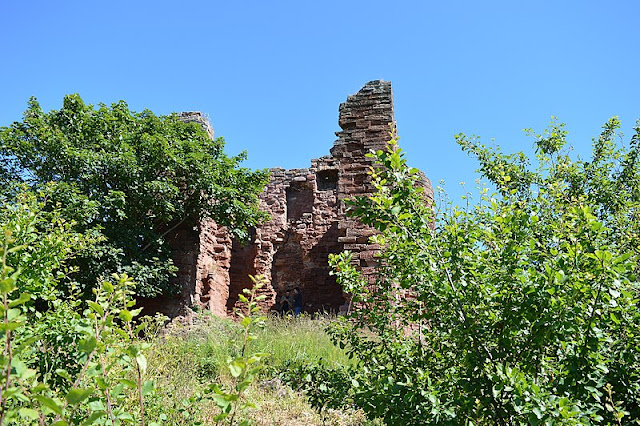The name Dundee conjures up sugar and spice and all things nice. One of my mother's favourite home-made cakes is Dundee cake, which not surprisingly originated in Dundee. What may be less well known, though, is that the earliest commercially made Dundee cakes were produced by a marmalade company called Keiller's, who can claim another first in that their marmalades are thought to have been the first commercial brand of marmalades. The story of how the marmalades first came about is an intriguing one. It is thought that in 1700 a Spanish ship carrying a cargo of oranges was forced to shelter from a winter storm in Dundee harbour. A local grocer called James Keiller bought up a large quantity of the oranges at a bargain price, but found them too bitter to sell as they were, so his clever wife dreamt up the idea of making them into a preserve to sell in pots, which were a roaring success. The company no longer exists, sadly, having been taken over by Robertsons. Sweet-toothed visitors to Dundee nowadays can console themselves with a visit to Shaws Dundee Sweet Factory, which produces hand-made sweets in a 1950s style workshop. Another trip down memory lane for those interested in industrial heritage is the
Verdant Works, a 19th century restored jute and flax mill open to visitors, which tells the story of the city's former textiles industry.
Dundee, on the north bank of the River Tay, reachable from the south via the
Tay Road Bridge, is Scotland's fourth-largest city. There is no shortage of historical and cultural interest in the city, with its 16th century
Claypotts Castle,
St Marys Church, which dates partly from the 14th century, and two historic ships: the frigate
Unicorn, built at Chatham and launched in 1824, now berthed at Dundee's City Quay, and Captain Scott's research ship Discovery, built in Dundee, and now come home to rest at
Discovery Point.
Culture vultures should head to
McManus Galleries, where British and European paintings are on display as well as a local history exhibition, spread over eight galleries on two floors. Barrack Street Museum features natural history displays. The city is not short of open, green spaces. Dundee Law, a hill formed from volcanic rock 174 metres high, offers panoramic views over the city.
Camperdown Country Park includes a wildlife centre and Templeton Woods. Other spaces include
Clatto Country Park, the
University Botanic Gardens and, this being Scotland, a sprinkling of golf courses.
For a list of events in Dundee, see
here.
Map of the area.


























